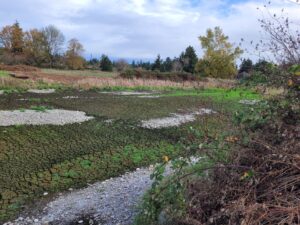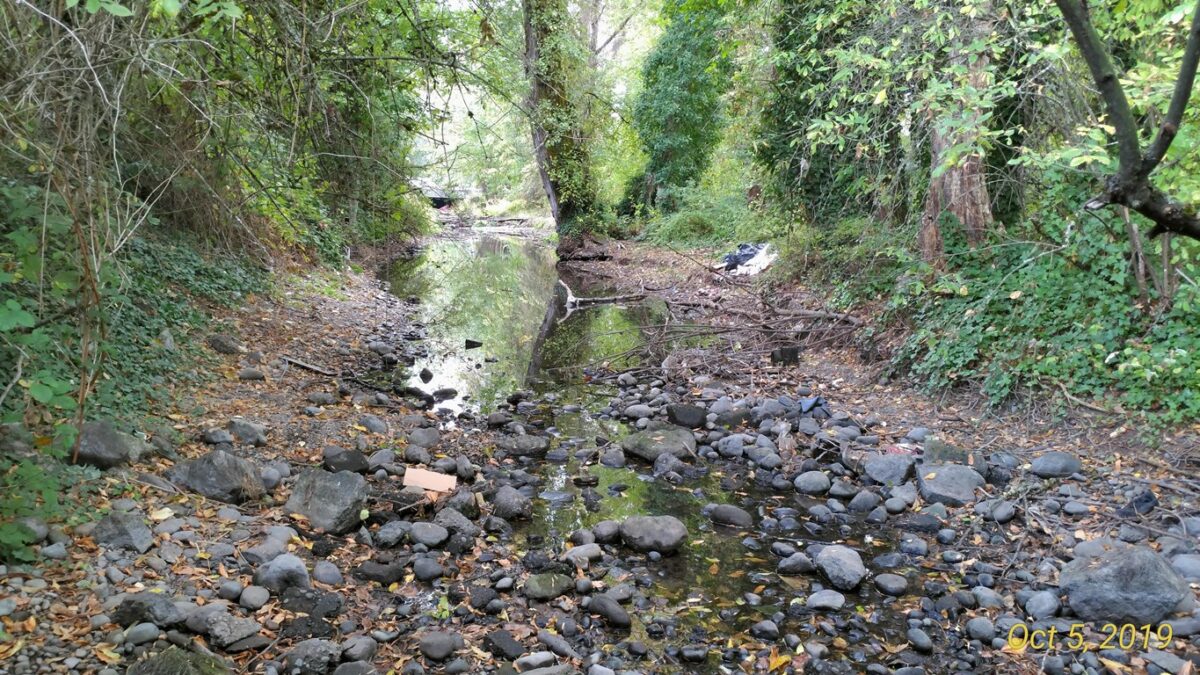Some 100,000 new people are moving to the county in the coming decade. No agency in Pierce County is monitoring the use of drinking water or evaluating trends as urbanization increases in Pierce County, according to Al Schmauder. Spanaway Water Company and three other water companies are currently buying water from Lakewood Water District, as more water approval letters are issued to accommodate growth in Frederickson and Spanaway.
With long summer droughts and increased demand for water, well levels appear to be declining. With more traffic and a tire chemical called 6ppd polluting the storm drains, it is time to look at changes in the watershed that can increase the aquifer levels, put clean water back in our streams and restore flows to previous levels.
Fortunately, the Pierce County Council has the leaders that noticed what is happening and have funded a program to look for solutions. In November 2023, the Pierce County Council passed Ordinance No. 2023-65s2 as part of the 2024-2025 budget.
The council asked the Planning and Public Works Department for an analysis of the expansion of the Pierce County Water Utility.
Is it possible to consolidate existing water systems and establish reclaimed water services? The Ordinance also asked Public Works to make recommendations for the development of a countywide inventory of known water resources, and include a 20-year projection of water availability and usage with a map.
The Spanaway Water District estimates that by 2035 it will be short of water by approximately 800-acre feet of drinking water. To read more about this problem and solutions.
The most effective method for replenishing multiple aquifers in Parkland is to eliminate the asphalt layer from the creek bed
_______________________________________________
Over the years members of Clover Creek Council and Tahoma Audubon Society have met with County Council members and shared our concerns about the long-term sustainability of water quality and quantity. “We are pleased with the initiative taken by the County Council to examine the health of the watershed and what can be done to ensure that the water purveyors and the county residents do not run out of water in the next 10 years,” said Al Schmauder.
Two decades ago Al Schmauder created the Clover Creek Council to receive grants to restore the creek. Now as a water steward and a member of the Chambers/Clover Creek Advisory Board, he has spent many a weekend doing creek restoration programs. He was also a leader in passing a Creek Restoration Program in the City of Lakewood as part of their Shoreline Management Plan.
Today, the problem, as Schmauder sees it, is that “Pierce County residents get almost all drinking water from what is called a ‘sole source aquifer,’ which means from ground water. Practically all water that is in this aquifer comes from rain.”
[3
After water is used for homes and businesses, a substantial percentage of the water is routed to the Pierce County sewer system where it is processed and released to Puget Sound at Chambers Bay.
The remaining water is routed into septic systems or is used for irrigation, both of which return the water to the ground. The exact amount of water in the sewage system and on septic systems has yet to be determined.
To examine these problems and assist the county council with developing a long-term water plan, Schmauder has compiled data from water companies and friends in public works. His Interim Report on Drinking Water Issues is on line for your review at forevergreencouncil.org.


